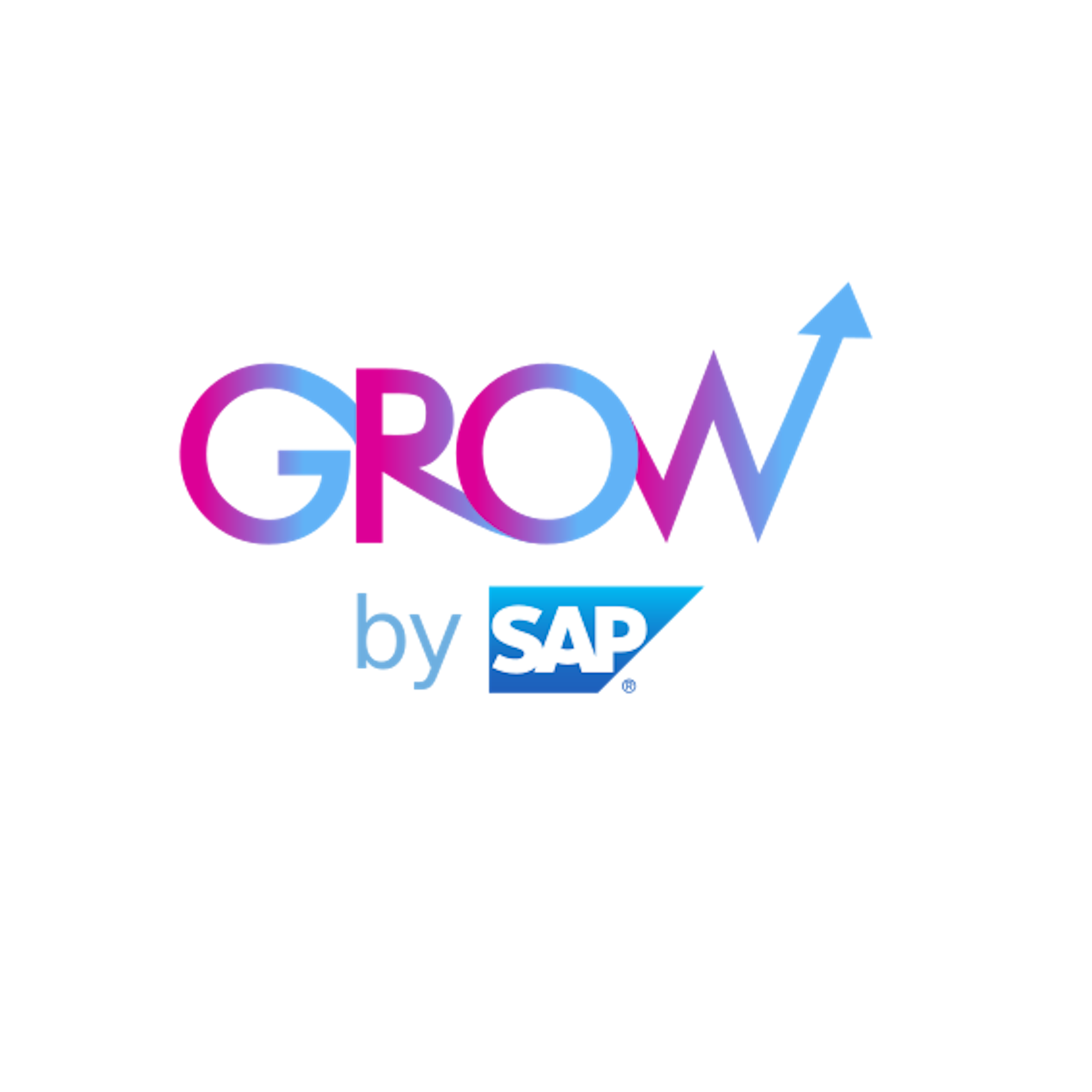It’s 2022 and unicorns are no longer mythical creatures. According to Dealroom data, Europe has produced 138 tech companies worth over $1bn since the start of 2021.
Many of these companies experienced “hypergrowth” — a period of rapid expansion — where the winners win big and the losers, well, don’t get to ride into the stable.
“A hypergrowth company is not only a business that is showing accelerated growth and success,” says Brian Duffy, president of cloud at software company SAP. “But one that has an incredibly clear view of where it wants to go and by when.”
A hypergrowth company is not only a business that is showing accelerated growth and success, but one that has an incredibly clear view of where it wants to go and by when
But as businesses face the economic hangover from the pandemic, what obstacles lie in the way of hypergrowth in 2022?
Diamonds are made under pressure
Startups suffered during coronavirus, with many losing funding or having to terminate employees — but this obstacle could really be an opportunity in disguise.
The pandemic sparked a boom in entrepreneurship, with new ventures cropping up and existing startups seizing new opportunities. In fact, young companies accounted for half of new jobs in OECD countries over the pandemic.
Duffy says business challenges from the pandemic remain, such as the rapid push for digitisation, a decentralised workforce and growing cybersecurity threats to name just a few, but this momentum can continue into 2022. Businesses who survived the pandemic — or were born from it — will be more resilient to changing conditions, which will only help them when the time comes to rapidly grow: “The only constant at the moment is change, so hypergrowth is definitely possible,” says Duffy.
The only constant at the moment is change, so hypergrowth is definitely possible
The pandemic also unlocked new opportunities for funding and knowledge sharing, as it prompted large businesses to invest and partner with startups, he adds, which can help catapult growth.
“We have also seen how larger organisations have been turning to startups and smaller businesses to support during this time, recognising their ability to step up and help them react and respond,” he says.
Retaining and finding talent
The pandemic also brought about the Great Resignation, a phenomenon where workers quit — or planned to quit — their jobs at a historically high rate. This makes retaining and finding talent harder for hypergrowth companies.
Digital health and wellness startup Kilo Health is 2022’s second fastest-growing company on the FT’s annual list of Europe’s fastest growing companies. In 2017, its revenue was €344k. In 2020, it was €57m. Because it started developing new tech and products as it grew, Kilo Health’s chief executive and cofounder Tadas Burgaila says a roadblock was finding the right talent.
“We create innovative products, work with vast amounts of data and use VR, among other technologies. Naturally, this requires a different skill set compared to the types of products we created before,” he says. “These factors created a competence gap that needed to be filled by nourishing the talents that already worked with us and hiring external seasoned experts.”
Even if you are growing fast, it’s better to wait for the right person than to hire someone you are not 100% sure about
But Burgaila says key to their hypergrowth success was taking their time; Kilo Health grew from 10 employees in 2017 to 177 in 2020, and each hire was made with consideration.
“The trick here is to be patient,” he says. “Even if you are growing fast, it’s better to wait for the right person than to hire someone you are not 100% sure about.”
Duffy agrees, adding talent will always be attracted to hypergrowth companies which have a strong value proposition.
“Discussions surrounding the workforce of the future and competing for talent are at the top of the agenda for all business leaders, globally,” he says. “But ultimately talent will be attracted to organisations that have a clear purpose, clear strategic priorities and leaders that inspire and motivate them.”
Scaling processes
As a scaleup moves into hypergrowth stages, it’s important — and challenging — to not leave your workforce in the dust. This means making sure operations like recruiting, onboarding and finance automation grow alongside your company to keep your humans happy.
On-demand delivery app Zapp was on Sifted’s list of Europe’s fastest-growing companies last year. Founded in 2020, its team grew 1,003% in 2021 and it says its funding has now hit $300m. Zapp's VP of strategy Steve O'Hear says the ingredients of this hypergrowth were getting and retaining the right talent, and ensuring the technology and internal processes grew along with them.
“As a company grows, especially at pace, it's really important to be able to operate in both lanes, and not be afraid to sunset processes that worked in the first months or years with newer ways of working that are fit for purpose as you scale,” he says.
Winning new markets
When it comes to breaking into new markets, a key hypergrowth stage, Duffy says the most important thing to overcome is the “ability to scale”.
Drinktech startup Waterdrop came in at number 11 on the recent FT fastest-growing company list. It grew from 12 employees in 2017 to 180 in 2020, and its revenue grew from €680k in 2017 to €41m in 2020.
Martin Murray, Waterdrop’s chief executive and founder, says its main challenge as a hypergrowth company has been to introduce new offerings to new markets and establish itself as a global brand.
“While developing so fast in Europe but also in the US, we had to quickly adapt our logistic process, making sure to scale the quality of our products but also the quality of the whole Waterdrop experience,” he says. “At the moment we’re developing a new product category, with LUCY, our smart cap, so we had to make sure to keep our current customers interested in our global offer while capturing a new audience.”
Investing in the right tech
Entering new markets is also made much easier with the right tech — which keeps startups flexible, agile and capture new markets and audience streams quickly.
Duffy says investing in technology that can scale with your business is really a significant hurdle for any company: “All organisations face technology challenges, be it managing and evolving systems to keep pace with evolving business models, or simply navigating the endless array of solutions and suppliers.”
Working with technology and industry partners which know your business and your ambitions is key
Here, he says, partnering with the right tech companies is vital. Cloud technology companies like SAP, for example, build software that allow businesses to scale everything from HR to supply chain and data management as they rapidly grow.
“Working with technology and industry partners which know your business and your ambitions is key. These partners are the ones who will be by your side, tracking your trajectory and guiding you to sustainable success,” Duffy tells Sifted. “Hypergrowth companies are working with organisations such as SAP to identify the ways in which technology, and specifically cloud technology, can fuel the growth they want to see.”



